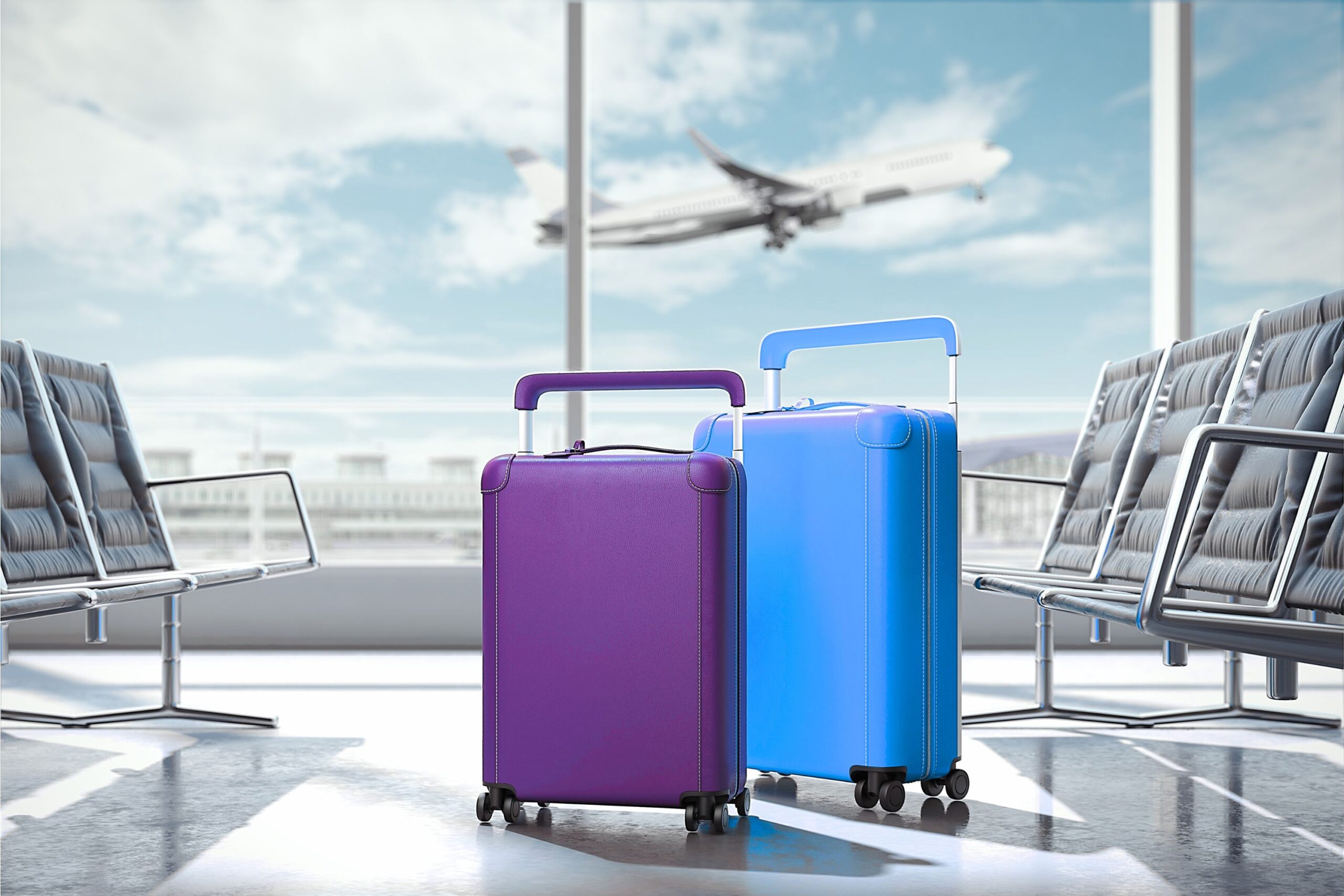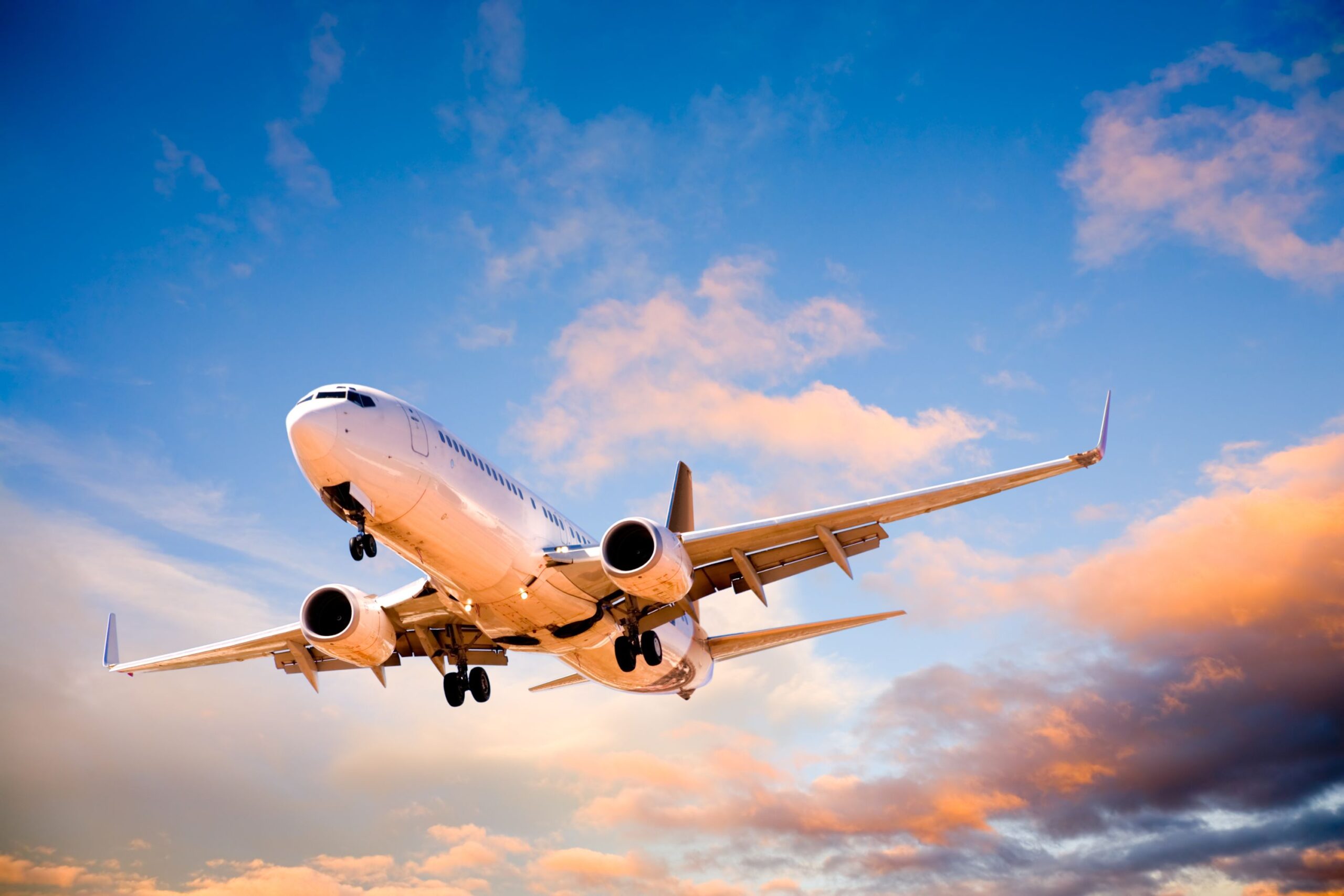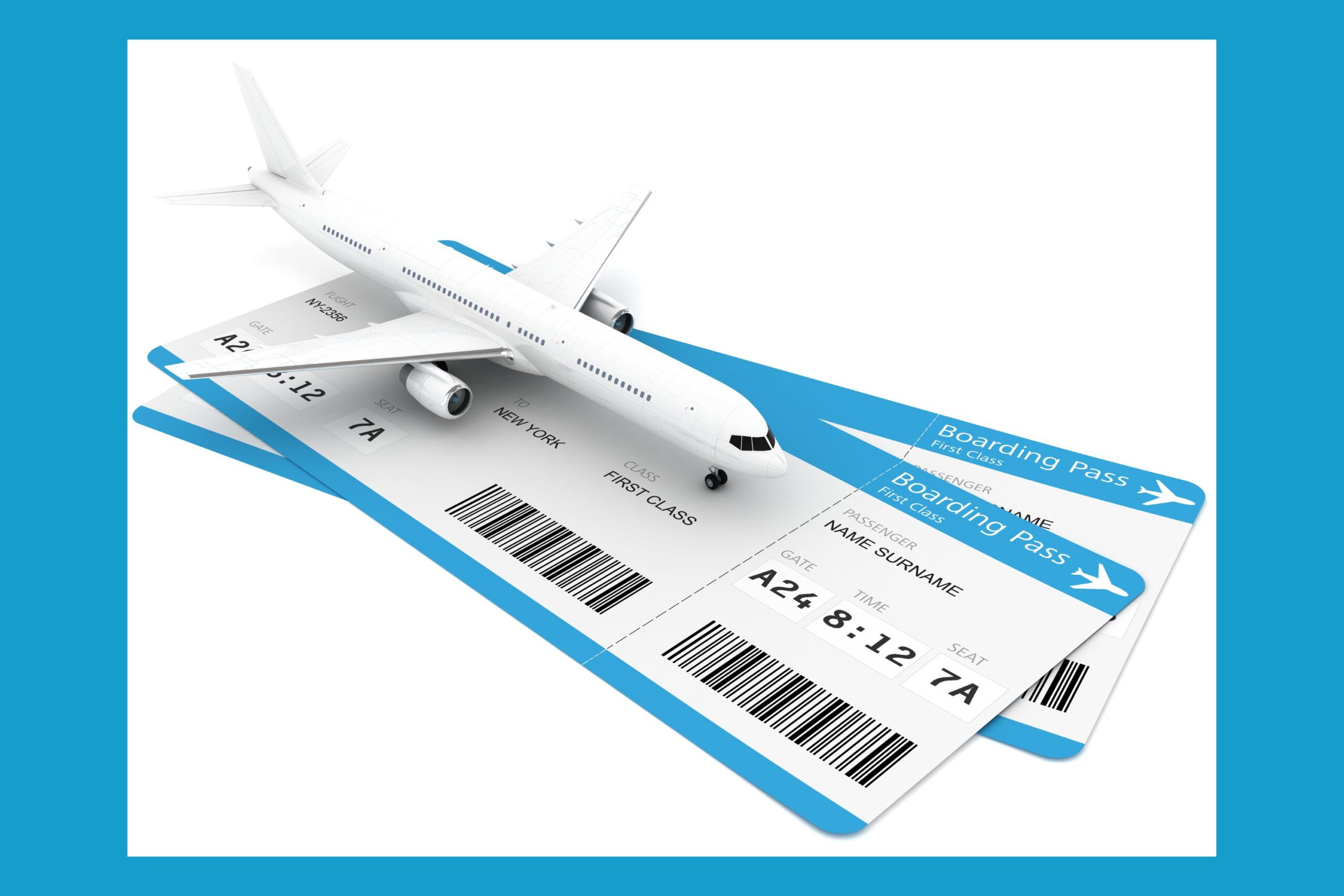Airports are bustling hubs of activity, where people from all walks of life converge, bound for destinations far and wide. While the magic of travel is undeniable, it often comes with its own unique vocabulary that can leave even seasoned travelers scratching their heads. In this blog, we’ll take you on a linguistic journey through the realm of airport vocabulary, from check-in to boarding and beyond.
1. Terminal: Your Gateway to Adventure
The terminal is the heartbeat of any airport. It’s where you check in, go through security, and find a myriad of amenities. Some airports have multiple terminals, each serving different airlines or functions.
Within the terminal’s walls, a world of activity awaits. This is where you check in for your flight – where your journey truly takes flight. Here, airline agents assist you in obtaining your boarding pass, confirming your seat, and checking in your baggage. This initial interaction sets the tone for your entire travel experience.
As you make your way further into the terminal, you’ll discover a wealth of amenities designed to cater to travelers’ diverse needs. There are shops offering everything from travel essentials to luxury goods, tempting you to grab a souvenir or indulge in a treat. Restaurants and cafes beckon with a variety of cuisines, providing a brief escape from the ordinary. Lounges offer a refuge for those seeking a bit of tranquility before their flights.
In larger airports, the concept of multiple terminals comes into play. Each terminal is like a mini-airport within the larger complex, catering to specific airlines or functions. This division can streamline operations, making it easier for travelers to find their way and facilitating smoother connections for those with connecting flights.
2. Check-In: Setting the Wheels in Motion
At the check-in counter, you present your travel documents, receive your boarding pass, and check in your baggage. Online check-in has streamlined this process, allowing you to do most of this electronically before arriving at the airport.
3. Security Screening: Safety First
After check-in, you’ll pass through security screening. This involves placing your belongings on a conveyor belt to be X-rayed while you walk through a metal detector. Remember, no liquids over 3.4 ounces and no sharp objects!
4. Boarding Pass: Your Golden Ticket
Your boarding pass is your entry to the aircraft. It contains vital information like your flight number, departure gate, and seat assignment.
5. Gate: Where Departures Begin
The gate is where you wait for your flight to be called for boarding. It’s essential to know your gate, especially in larger airports.
6. Boarding: Time to Fly
When your flight is called for boarding, you’ll present your boarding pass and passport. Airlines often board in groups to ensure a smooth process.
7. Cabin Crew: In-Flight Hospitality
Cabin crew are the flight attendants who assist you during the flight. They’re responsible for your comfort, safety, and providing refreshments.
8. Overhead Bin: Storing Your Carry-On
The overhead bin is the compartment above your seat where you store your carry-on baggage during the flight.
9. Seatbelt Sign: Buckle Up
The seatbelt sign indicates when passengers must be seated and fasten their seatbelts due to turbulence or other safety reasons.
10. Tray Table: Your In-Flight Desk
The tray table folds down from the seat in front of you, providing a surface for eating, reading, or working.
11. In-Flight Entertainment: Sky-High Amusement
Many flights offer in-flight entertainment systems with movies, TV shows, music, and games to keep you entertained during the journey.
12. Baggage Claim: Reuniting with Your Bags
After landing, you head to baggage claim to collect your checked luggage. Your baggage will arrive on a conveyor belt, usually indicated by your flight number.
13. Customs and Immigration: Cross-Border Formalities
If you’re traveling internationally, you’ll go through customs and immigration, where officials verify your travel documents and declare any items you’re bringing into the country.
14. Connecting Flight: Onward Journey
If you have a connecting flight, you’ll need to navigate to the designated gate for your next flight. Make sure to account for enough time between flights.
15. Duty-Free: Shopping without Tax
Duty-free shops offer goods at reduced prices, often without local taxes, making them a popular stop for travelers looking for souvenirs or luxury items.
Mastering the language of airports enhances your travel experience. Whether you’re a frequent flyer or a first-timer, understanding these terms ensures smooth navigation through the airport maze. So, armed with this vocabulary, go forth and explore the world with confidence!




